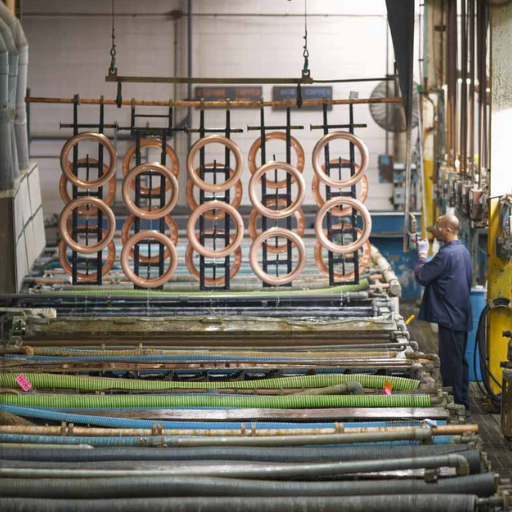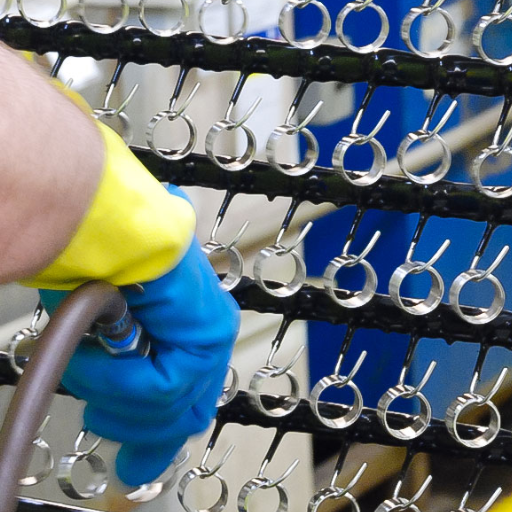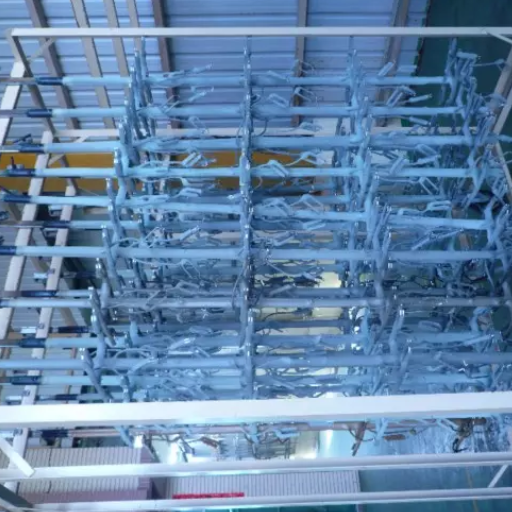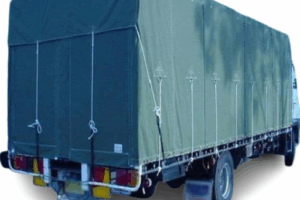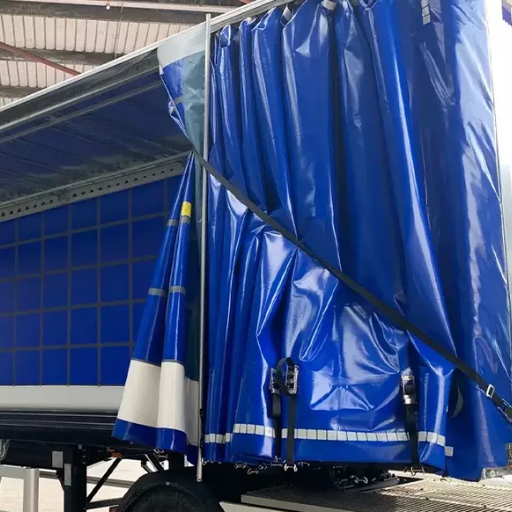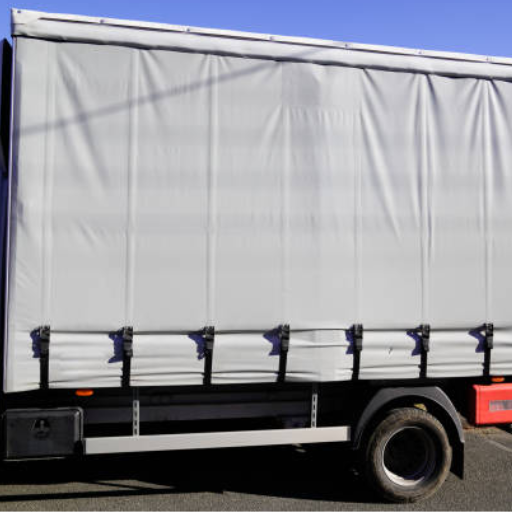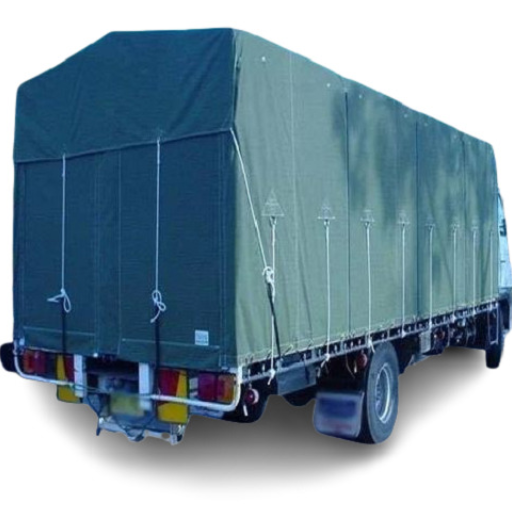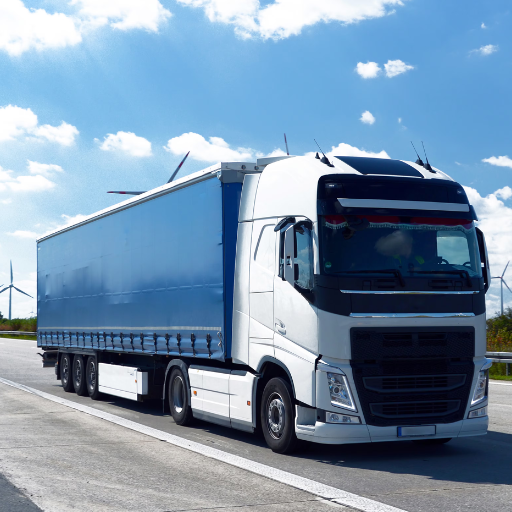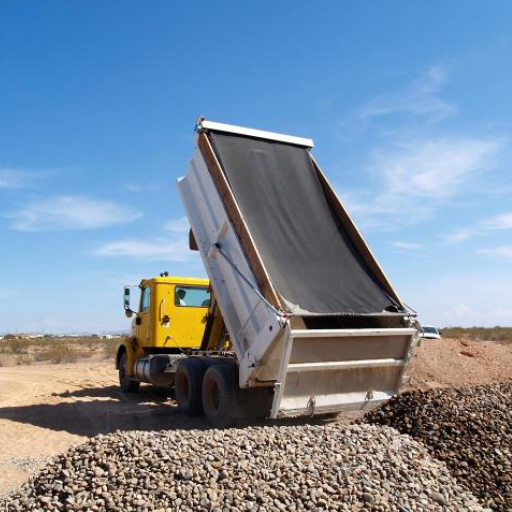Are you fully prepared for the new way of experiencing hypercar racing? In “Escape Road 2 Unblocked,” you have the opportunity to maneuver through adrenaline-pumping action, sharp braking corners, and mouth-drying challenges. This guide aims to help every type of user from beginner to intermediate mastery level, guiding them through every feature the game offers. We will provide hard track tips, performance improvement techniques, and game feature insights. This blog post will prepare you for the high-speed adventure, make you the ruler of the road, and unleash all your high-speed fantasies.
Let’s hit the road!
What is Escape Road 2, and How to Play?

Escape Road 2 is an exhilarating arcade-type racing game that requires players to navigate sophisticated courses laden with sharp corners and numerous other challenges. Its incredibly vivid graphics, coupled with the action-packed gameplay, provide both casual and competitive players with a complete immersion in the game. The objective, of course, is simple: complete the course in the least amount of time while evading collisions, and at the same time, earning points for speed and style.
For your first time setting off to play Escape Road 2, start by picking your vehicle and track, as they both will determine how the game will start for you. Each track features distinctive layouts and obstacles, so flexibility is essential. You can use either the on-screen controls or the inputs from your gaming device to navigate, accelerate, and brake. Giving yourself the right edge over your opponents can come from mastering sharp turns, effective timing with your boosts, getting them on the edge of your rivals, as well as drifting. Furthermore, some tracks come with hidden bonus stashes and shortcuts, and with a little bit of extra focus, you could capitalize on them. Regardless if you are racing against AI, fellow friends, or the counter, Escape Road 2 encourages skillful decision making and fast-paced, well-thought-out driving.
Basic Gameplay and Controls
Escape Road 2 optimally integrates mechanics to get players immersed in racing action. The vehicle control is executed through a directional joystick or arrow keys for steering, while acceleration and braking are set on distinct buttons, with ‘A’ as the default for accelerating and ‘B’ for braking. With touch control devices, ease of interaction via on-screen buttons makes all platforms accessible.
To drift, momentarily hold the brake while steering the proper way. Perfecting the drift is crucial for sustaining speed and accuracy for sharp corner turns. Drifting, making clean turns, and collecting boost tokens across the track fill the boost meter, which is activated once charged.
Key technical parameters for the vehicles include:
- Top Speed – Ranges from 120 up to 220 mph based on the car model. It can be upgraded at the garage.
- Acceleration – The amount of time it takes to reach top speed. An example would be 0-60 mph in 3.5 seconds for high-tier cars.
- Handling – How cars steer. Higher handling ratings allow sharper and more responsive turns, crucial for navigating difficult tracks.
Escape Road 2 Tracks may contain secret cuts that enable players to finish the course faster than expected. Moving and stationary challenges, such as oil spills or water puddles, introduce additional strategies to every race. Control of these elements, coupled with fast reflexes and split-second choices, unlocks victory for all racing styles.
Strategies to Escape the Police Effectively
While trying to escape the police in Escape Road 2, I try to outrun the police with blazing speed, focus, and utilizing all available advantages. Firstly, selecting a well-handling, high-speed vehicle greatly helps in navigating close-proximity police car blockades. Along the way, I am constantly on the lookout for all possible track shortcuts, as they can help cover substantial distances between me and the pursued. I am also known to utilize oil slicks as environmental hazards in an attempt to disorient and slow down the pursuing police car fleet. The chase is dynamic, meaning decision making and responsiveness to changing situations, on the fly, are of equal priority.
How to Get Started with Escape Road 2 Unblocked?

Follow the basic steps below to access Escape Road 2 Unblocked.
- Access the Game: Initiate a good browser and type “Escape Road 2 Unblocked” into the search engine. Click on a site that can be trusted and smoothly facilitates games.
- Control Modification: Review the game controls. The navigation is done mainly by the arrow keys, with other keys performing other relevant functions.
- Mission Understanding: Go through the in-game tutorial and determine what the instructions give you, such as escaping, collecting items, or other time-oriented tasks.
- Mission Optimization: Concentrate on mapping the area, identifying placeholder strategies, and other practiced movements meant to evade capture by pursuers.
Run and Enjoy: Sew your foes and flex your fingers while testing with smart chases something down in this player versus reality sort of game.
Finding an Unblocked Version
To get an unblocked version of the game, there are a few straightforward steps to follow. First, locate trustworthy sites that offer unblocked games and check that they are safe with no viruses. A few noteworthy sites are UnblockedGames66 and CoolMathGames.
If you can’t access it, you might consider getting a VPN (Virtual Private Network) to help get around the network restrictions. Set up the VPN with these reasonable settings:
- Encryption Level: AES-256 for strong encryption
- Server Location: A nearby one for faster connections.
- Protocol: OpenVPN or IKEv2 for good speed and security balance.
Or, you can look into using a web proxy that sends your information through a different server to help you get around the restrictions, just be sure that it is reliable. When searching for unblocked content, you should always be careful about your data and prioritize safety.
Setting Up for Unblocked Access
To ensure unblocked access, I would begin by connecting to a nearby server using a trusted VPN with AES-256 encryption for faster speeds. For secure connections, I would choose reliable OpenVPN or IKEv2 protocols. If a VPN is out of the question, I would find a reputable web proxy with a good track record for privacy. When trying to bypass restricted content, performance and safety must be considered top priorities.
What Makes Escape Road 2 an Ultimate Adventure?

Escape Road 2 takes the prize for the best adventure game because of the mix of uniquely challenging tasks set in beautiful locations and incredible plots. The combination of high-stakes missions that are laden with unexpected turns keeps the players engaged and entertained during gameplay. The varying locations and intricately designed puzzles ensure that every moment spent playing the game is rewarding and exhilarating, as they challenge skill and strategy.
Unique Game Mechanics and Features
I believe the differentiation factor of Escape Road 2 is its unique game mechanics and features. The branching narrative framework offers personalized play, and each decision has consequences for the outcome, which adds to the immersion. Moreover, the incorporation of realistic physics challenges keeps the gameplay fresh and rewarding, as they require creativity and quick thinking. The stunning environments that change as you progress through the game, coupled with multiplayer modes that allow for cooperative or competitive gameplay, further add to the appeal of the game. All of these features combined allow for a truly unique experience that keeps players coming back.
Exploring the Virtual City
The detail and the interactivity of the city in Virtual City were overwhelming, even in the initial stages of my exploration. It is not every day that you see NPCs changing based on your actions: the streets constantly buzzing with activity, the changing skyline, and, of course, the evolving Virtual City itself. It was deeply fascinating, as the different districts offered untold quests and challenges as the already stunning architecture became more and more engaging. The vivid graphics combined with the smooth physics made all the multiplayer activities feel real, and the competition and teamwork added a new dimension to the game. All in all, the Virtual City managed to stand up to its mark and created a deeply engaging experience for the players.
How Does Escape Road City 2 Enhance the Gameplay Experience?

In Escape Road City 2, the able to can affect the strategy of the game throughout the immersive experience are advanced AI systems, expansive open-world environments, and dynamic weather conditions. Alongside refined customization options for characters and vehicles, the physics engine’s modernization ensures more accurate interactions are achieved. The additional new features include cooperative multiplayer modes, improved storylines, and engaging missions, which together greatly increase the number of missions, offering greater opportunities for engagement and replayability. Compared to the previous game, the newly integrated features deliver a more captivating and thrilling experience for the players.
Introducing New Vehicles and Environments
As of the most recent update, a completely new selection of vehicles has been added to complement various playstyles of the users and add versatility to the gameplay. The new additions include agile off-road buggies for navigating rugged terrains and high-speed sports cars for straight-line performance, ensuring unique experiences for every type of player. Along with enhancing the vehicle selection, technical highlights such as advanced suspension systems for better stability, customizable engine tuning, and added durability measures have been included.
By combining new worlds to explore, vehicle customization, and realistic action-filled gameplay, our team aims to offer players a unique driving experience. Having a full appreciation of breathtaking landscapes, daring street views, or overgrown jungles, monkeying around with new, easter egg-filled vehicles will create a visually voguish masterpiece set for endless fun. Dynamic environments would emulate physics that seamlessly integrate with the smooth immersion felt when switching between exploring new terrains. All of the newly owned terrain vehicles encourage players to simulate their very own action movies filled with breathtaking stunts while feeling like a free-spirited kid with no limits.
Dynamic Police Chases and Obstacles
Realistic simulation means having full exploration to enact any semi-outlandish and physics-defying stunts freely, however, steered in real-world driving conditions of loose rules like ‘no trampling pedestrians for bonus points.’ AI Police are always waiting around the corner to ensure no one weaves free-roaming mayhem without foes. Joining dramatic races launched with police units pursuing screen-ravaging speeds and teleporting vehicles mid-chase will embrace truly vivid wonder. Dynamic obstacles raise heart rates from casual to extreme, ensuring each chase grants steps to roguelike bonus levels set to keep your heart racing. From early choke points to unexpected spikes, every frame will be packed with excitement.
Frequently Asked Questions (FAQ)
Q: What is Escape Road 2 Unblocked?
A: Escape Road 2 Unblocked is a thrilling racing game where players navigate through high-speed chases, evade police cars, and perform breathtaking drifts to achieve spectacular escapes. The unblocked version means you can play it anywhere without restrictions.
Q: How do I play Escape Road 2?
A: To play Escape Road 2, use the arrow keys to maneuver your car through various obstacles, avoid police traps, and collect items to upgrade your car. The game delivers an adrenaline-pumping racing experience with fast-paced action and endless challenges.
Q: What makes Escape Road 2 different from its predecessor?
A: Escape Road 2 introduces new levels, enhanced graphics, and more challenging pursuits compared to the original Escape Road game. The sequel also offers more dramatic escapes and brave confrontations, making it a more exhilarating escape adventure.
Q: Can I discuss Escape Road strategies with other players?
A: Yes, you can discuss Escape Road strategies with other players through various online forums and communities dedicated to the escape racing genre. Sharing tips on how to dodge police cars or achieve quick getaways can enhance your gaming experience.
Q: What controls are used in Escape Road 2?
A: Escape Road 2 uses simple controls, primarily the arrow keys, to navigate your car. These controls allow for precise maneuvering, helping players to avoid obstacles and make quick turns to escape from the police.
Q: Is there an endless mode in Escape Road 2?
A: Yes, Escape Road 2 features an endless mode where players can race indefinitely, testing their skills to see how long they can evade capture and survive against relentless police pursuits.
Q: What are some tips for succeeding in Escape Road 2?
A: To succeed in Escape Road 2, focus on mastering the controls to perform breathtaking drifts and spectacular escapes. Collect power-ups to upgrade your car, and always be on the lookout for shortcuts to outsmart the cops and extend your getaway session.
Q: Why is Escape Road 2 considered an unblocked game?
A: Escape Road 2 is considered an unblocked game because it can be played on most computers and networks without being restricted by typical firewalls or security settings, allowing players to enjoy the game even in environments like schools or workplaces.
Q: How can I unlock new cars in Escape Road 2?
A: You can unlock new cars in Escape Road 2 by collecting in-game currency or completing specific challenges during gameplay. Unlocking new cars can provide advantages such as better speed and handling, crucial for escaping tight corners and evading cops.


